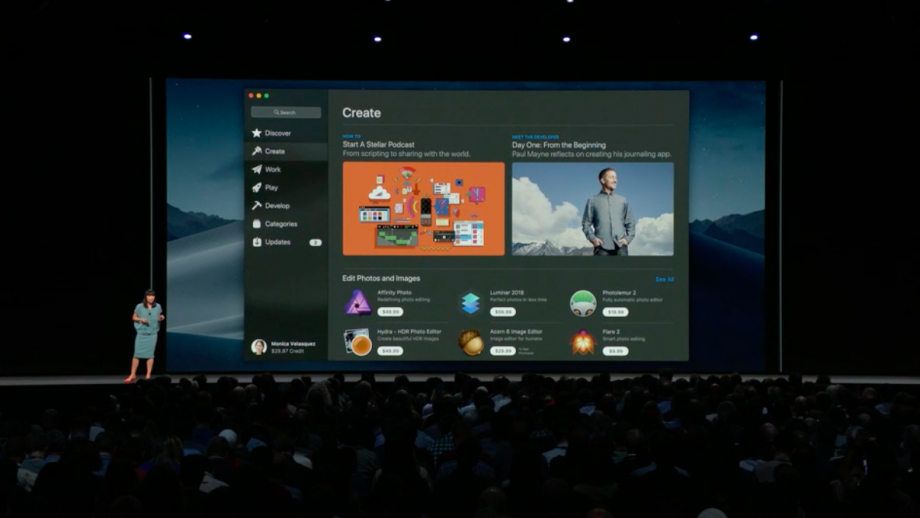

He says one project bulldozed 600 acres of designated critical habitat for the endangered desert tortoise, while populations of Mojave fringe-toed lizards and bighorn sheep have also been afflicted. He says solar plants create myriad environmental problems, including habitat destruction and “lethal death traps” for birds, which dive at the panels, mistaking them for water. Kevin Emmerich worked for the National Park Service for over 20 years before setting up Basin & Range Watch in 2008, a non-profit that campaigns to conserve desert life.
#Tripmode mojave support full
Ultimately, if built to full capacity, this shimmering patchwork quilt could generate 24 gigawatts, enough energy to power 7m homes.īut as the pace of construction has ramped up, so have voices questioning the cumulative impact of these projects on the desert’s populations – both human and non-human. Since then, 15 projects have been completed or are under construction, with momentous mythological names like Athos and Oberon.

It was the largest solar plant in the world at the time of completion, in 2015, covering an area of almost 4,000 acres, and it opened the floodgates for more. The mostly flat expanse south-east of Joshua Tree national park was originally identified as a prime site for industrial-scale solar power under the Obama administration, which fast-tracked the first project, Desert Sunlight, in 2011. “Since being made aware of their concerns, we have been in regular contact with residents to listen to their concerns and incorporate their feedback into our planning efforts.” ‘90% of the story is underground’
#Tripmode mojave support how to
I feel like a prisoner in my own home.”Įlizabeth Knowles, director of community engagement for Intersect Power, the company behind the Easley project, said it knew of residents’ concerns and was exploring how to move the project further from the community. I now have allergies that I’d never had before – my arms burn all day long and my nose is always running.

“From the constant pounding of the metal posts to the endless dust storms. “It has been psychologically gruelling,” says Teresa Pierce, who moved here six years ago. Residents claim that excessive water use by solar plants has contributed to the drying up of two local wells, while their property values have been hit hard, with several now struggling to sell their homes.Ī large array of solar panels one hour north of Los Angeles in Kern county, near Mojave, California. What was an oasis has become a little island in a dead solar sea.”Ĭoncerns have intensified following the recent news of a project, called Easley, that would see the panels come just 200 metres from their backyards. I moved here for the clean air, but some days I have to go outside wearing goggles. “We’re a senior community, and half of us now have breathing difficulties because of all the dust churned up by the construction. “We feel like we’ve been sacrificed,” says Mark Carrington, who, like Sneddon, lives in the Lake Tamarisk resort, a community for over-55s near Desert Center, which is increasingly surrounded by solar farms. Residents have watched ruefully for years as solar plants crept over the horizon, bringing noise and pollution that’s eroding a way of life in their desert refuge. It might look like a barren wilderness, but this stretch of the Mojave is a rich and fragile habitat for endangered species and home to thousand-year-old carbon-capturing woodlands, ancient Indigenous cultural sites – and hundreds of people’s homes. Solar makes up about 3% of the US electricity supply, but the Biden administration hopes it will reach 45% by 2050, primarily by building more huge plants like this across the country’s flat, empty plains.īut there’s one thing that the federal Bureau of Land Management (BLM) – the agency tasked with facilitating these projects on public land – doesn’t seem to have fully taken into account: the desert isn’t quite as empty as it thought. It is a crucial component of the United States’ green energy revolution. The Riverside East Solar Energy Zone – the ground zero of California’s solar energy boom – stretches for 150,000 acres, making it 10 times the size of Manhattan. On the ground, the scale is almost incomprehensible. Over the last few years, this swathe of desert has been steadily carpeted with one of the world’s largest concentrations of solar power plants, forming a sprawling photovoltaic sea.


 0 kommentar(er)
0 kommentar(er)
